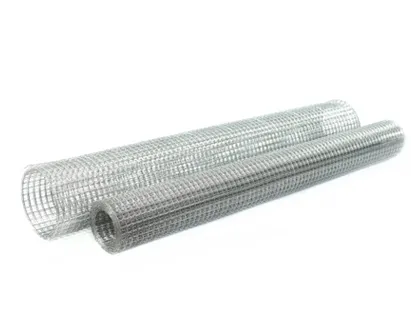carbon steel wire nails common nails factory
The Production and Application of Carbon Steel Wire Nails
Carbon steel wire nails are a fundamental component in the construction and manufacturing industry. These nails, known for their strength and versatility, serve a myriad of applications, from framing houses to crafting delicate woodworking projects. The production of carbon steel wire nails involves intricate processes and rigorous quality control to ensure that they meet industry standards.
Understanding Carbon Steel
Carbon steel, as the name suggests, is an alloy predominantly made up of iron and carbon. The carbon content in the steel can vary, influencing the mechanical properties of the material. Typical carbon steel used for wire nails usually contains between 0.05% and 0.25% carbon. This specific range enhances the hardness and tensile strength of the nails, making them robust yet pliable enough to be driven into various materials.
The Manufacturing Process
The production of carbon steel wire nails can be broken down into several essential steps
1. Wire Drawing The first step involves processing raw carbon steel wire rods. These rods are drawn through a series of dies to reduce their diameter and increase their length. This process not only shapes the wire but also increases its strength through work hardening.
2. Nail Making Once the wire is drawn to the desired gauge, it is cut and shaped into nails. This typically involves a machine that can efficiently produce nails of various sizes and types. Different designs, such as common nails, finishing nails, and duplex nails, can be made based on the specifications required for specific applications.
3. Heat Treatment To further enhance the nails' strength and performance, heat treatment may be applied. This process involves heating the nails to a high temperature and then cooling them rapidly, resulting in a hardened structure that can withstand significant driving force.
4. Surface Treatment Nails can also undergo surface treatments to prevent corrosion and enhance aesthetics. Common treatments include galvanization, which coats the nails with zinc, and other coatings that provide additional protection against rusting.
carbon steel wire nails common nails factory

5. Quality Control Rigorous quality control measures are implemented throughout the manufacturing process. This includes testing the tensile strength, flexibility, and corrosion resistance of the nails to ensure they meet industry standards. Any nails that do not meet the specified criteria are rejected, maintaining high quality in the final product.
Applications of Carbon Steel Wire Nails
Carbon steel wire nails are immensely versatile and can be used in numerous applications. Here are some common uses
- Construction They are widely used in residential and commercial construction for framing, roofing, and sheathing. Their strength ensures structural integrity in various building materials, including wood and drywall.
- Furniture Making In the furniture industry, carbon steel wire nails are utilized to assemble pieces, join components, and support intricate designs. Their ability to be sunk below the surface allows for a clean finish in carpentry projects.
- General Repairs Homeowners and DIY enthusiasts frequently rely on carbon steel nails for repairs and maintenance tasks. Whether it's fixing a fence or hanging a picture frame, these nails provide a reliable and sturdy solution.
- Manufacturing Applications Many manufacturers incorporate these nails in their production lines for products where fastening is essential, including packaging, pallets, and more.
Conclusion
Carbon steel wire nails play a vital role in various industries due to their strength, affordability, and versatility. The manufacturing process is designed to ensure quality and performance, catering to the diverse needs of builders, manufacturers, and craftsmen alike. As industries continue to evolve, the demand for these common yet essential fasteners remains steadfast. Whether in construction, furniture making, or everyday repairs, carbon steel wire nails are integral to achieving durable and reliable results. As we look towards the future, innovations in manufacturing and material science may further enhance the capabilities and applications of these indispensable tools.
-
The Durability and Versatility of Steel Wire
NewsJun.26,2025
-
The Best Iron Nails for Your Construction Projects
NewsJun.26,2025
-
Strengthen Your Projects with Durable Metal Stakes
NewsJun.26,2025
-
Get the Job Done Right with Duplex Nails
NewsJun.26,2025
-
Explore the Versatility and Strength of Metal Mesh
NewsJun.26,2025
-
Enhance Your Security with Razor Wire
NewsJun.26,2025














